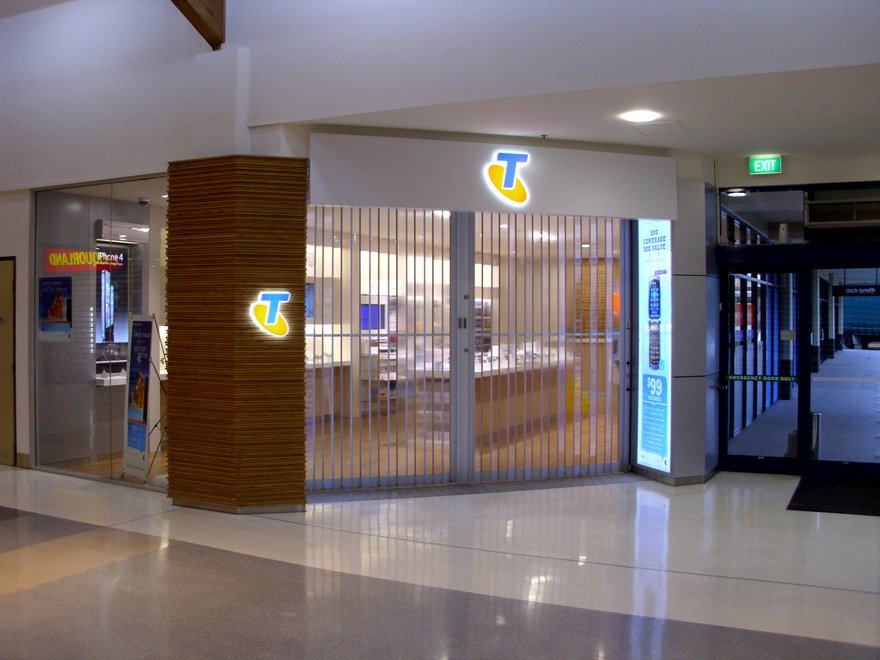Telstra has launched its global cloud-based unified communications service, enabling businesses to communicate and collaborate in real-time from anywhere in the world.
The service consists of telephony, video conferencing and other cloud-based collaboration tools.
First launched in Australia last year in partnership with Cisco, the announcement means that the service is now available from four continents in 25 countries, delivered over Telstra’s network from over 2,000 Points of Presence (PoP).
“Our new global service is a significant development in global collaboration capabilities and has been designed specifically for today’s dynamic workplace where employees use the web, video, voice to drive innovation and improve productivity,” said Nathan Bell, director of marketing, Portfolio and Pricing, Telstra Global Enterprise and Services, of the service.
Datacenter Dynamics spoke to Bell, who explained the significance of the company’s announcement. “We are building a platform on four different regions, specifically Australia, United States, Europe, Asia,” he said.
According to Bell, these regions are served by deployments in the cities of New York, London, Hong Kong, Singapore, as well as the pre-existing setup in Australia.
Establishing the service in more than one physical location means that they can be configured to “back each other up” for greater availability.
This probably explains Telstra’s confidence in offering an end-to-end service level agreement (SLA) for the service.
According to Bell, the company take full accountability for the service experience “from where the customer is, to where the service is hosted”.
This is a departure from similar offerings that typically offer distinct SLAs that separates out network connectivity and services.
Bell sees promise in the Asia-Pacific region, noting that this region is important as many companies still use premise-based telephony and video tools. He says he doesn’t see the poorer connectivity in some regions here as a barrier to adoption.
“So if you’re in a big office, and you have a large capacity link, then fantastic, the fixed network is going to work fine,” said Bell. “If you’re working remotely, or on the road, or at home, then you can use your mobile infrastructure to access [the service]. The [quality of mobile access] tends to be better in some market anyway.”
Telstra’s cloud collaboration service will be available from end-August to customers on a monthly, “per worker” basis, which essentially categories employees under categories such as “Essential”, “Office”, “Information” or “Mobile” for ease of deployment and scalability.

